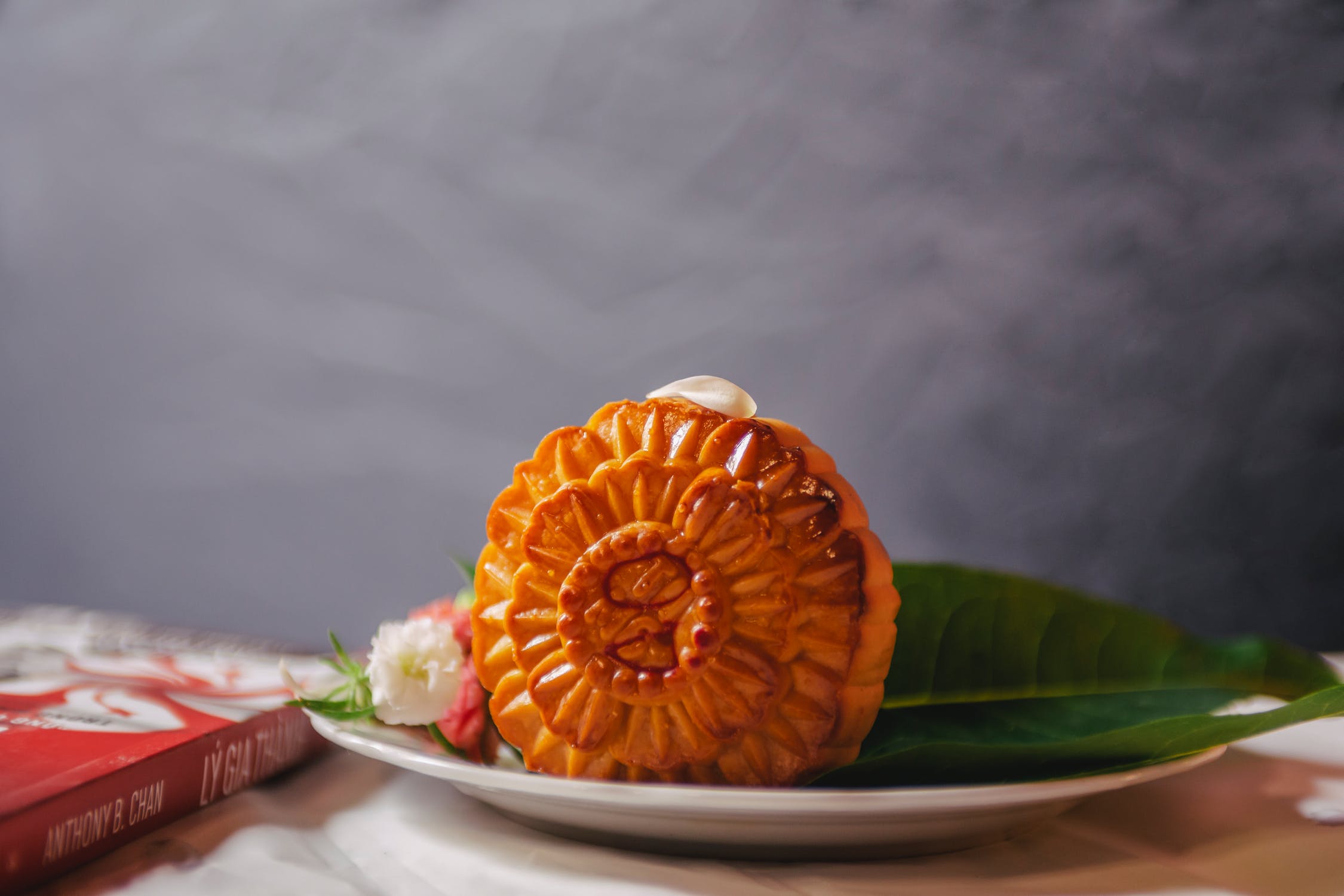By Anna Hsu, Co-Editor-in-Chief
As the sky’s rosy blush deepens to a dusky indigo, the full moon slowly ascends to take its place atop the heavens, bathing the silver blades of grass in a gentle glow. A transient magic suffuses the air. The chatter and laughter of friends accompanies the crickets’ melodic chirps; the subtle bitterness of osmanthus tea spreads across my tongue. Nostalgia and affection intertwine in my chest as I gaze upon the stars. I imagine my grandfather in China and my parents back home in New Jersey have passed their wishes for my good fortune along to me. I send my wishes up to the moon to bring back to them.

This year’s Mid-Autumn Festival was celebrated Tuesday, September 21. The date of the festival changes yearly with the Chinese lunar calendar: it is held on the 15th day of the lunisolar calendar’s eighth month, which usually falls between mid-September and early October of the Gregorian calendar. It is believed that the moon is at its brightest and fullest on this date. The roundness of the full moon symbolizes unity, completeness, perfection, and wholeness of the family. During the festival, families and friends gather together under the light of the full moon to drink tea, eat mooncakes, hang lanterns, and gaze at the moon. It is second only to the Chinese New Year in importance. Scholars have identified the three fundamental meanings of the festival as “gathering, thanksgiving, and praying [for good fortune]” (p. 68).
The Mid-Autumn Festival is also celebrated in other Asian countries, especially Singapore, Malaysia, and Thailand, which have a large proportion of ethnic Chinese. In Vietnam, the festival is called Tết Trung Thu, with celebrations primarily for children. In Japan, it is tsukimi, and in Korea it is called chuseok. Though local customs differ, all these holidays center on giving thanks and spending time with loved ones—much like the Thanksgiving holiday in North America.

Traditional foods of the Mid-Autumn Festival are mooncakes, though others are consumed for symbolic purposes. (The Chinese language, while incredibly complicated, is delightful in that its plethora of homophones—words that sound the same yet have different meanings—offers some very clever wordplay.) For example, lotus roots are eaten because the name, 莲藕 (lián ǒu), sounds exactly like 连偶: translated as “togetherness,” or “a linked pair.” People also eat pomelos, a fruit that tastes like sweet grapefruit, because the name 柚子 (yòu zi) sounds like 佑子, which means “to bless one’s descendants.” Mooncake fillings are also made of lotus paste and sometimes even egg yolk to symbolize good fortune.

The legend behind the mid-autumn festival is believed to have originated during the Warring States period in 475 BCE–221 BCE. The most popular legend is about Chang’e, a beautiful woman who later became the goddess of the Moon, and her husband Hou Yi, a legendary archer. In the past, the world was scorched by the blazing heat of ten suns. Hou Yi, after shooting down nine of the suns, was rewarded with an elixir of immortality. The legend seems to diverge at this point: in some versions, Chang’e stole the elixir and was punished by being exiled to the moon. In others, a villain threatened to steal the elixir and Chang’e valiantly swallowed it herself, resulting in eternal separation from Hou Yi. Every year, on the night of the brightest full moon, Hou Yi would prepare a feast while gazing longingly at the moon. This practice was said to have evolved into the Mid-Autumn Festival we celebrate today. The legend of Chang’e is so popular that China’s spacecraft, Chang’e 1, 2, 3 and 4, were named in honor of the moon goddess.
There are many more aspects of the Mid-Autumn Festival that I have not touched on, such as the evolution of lanterns as a decorative object to a token symbol of the festival. Nevertheless, I hope all our readers enjoyed a wonderful Mid-Autumn Festival with their friends and families, with many more to come.
Here is a translation (altered with artistic license by yours truly) of a poem about the Mid-Autumn Festival, written by famous poet 苏轼 (Sū Shì).

Mid-Autumn Festival Night
by Sū Shì (1037-1101)
When does such a bright full moon appear?
Raising my cup of wine, I ask the clear skies.
What year is it
high up in the Celestial Palace?
Oh, that I could return
riding upon the wind,
only it would be so chilly there,
in the jade and crystal towers.
Incomparable to frolicking here
in the human world
dancing with my shadow in the moonlight.
Rounding the vermilion mansion,
dipping under silk-draped windows,
the moon shines on the sleepless.
What reason is there for the moon to be
so spiteful as to choose
to appear bright and full
when we stay in separation?
As people have sorrows and joys,
meetings and partings,
as the moon waxes and wanes
in clear or cloudy skies,
things will never be perfect.
May we all live long, sharing
the light of the same fair moon,
though thousands of miles apart.
Image Credit: Pexels
